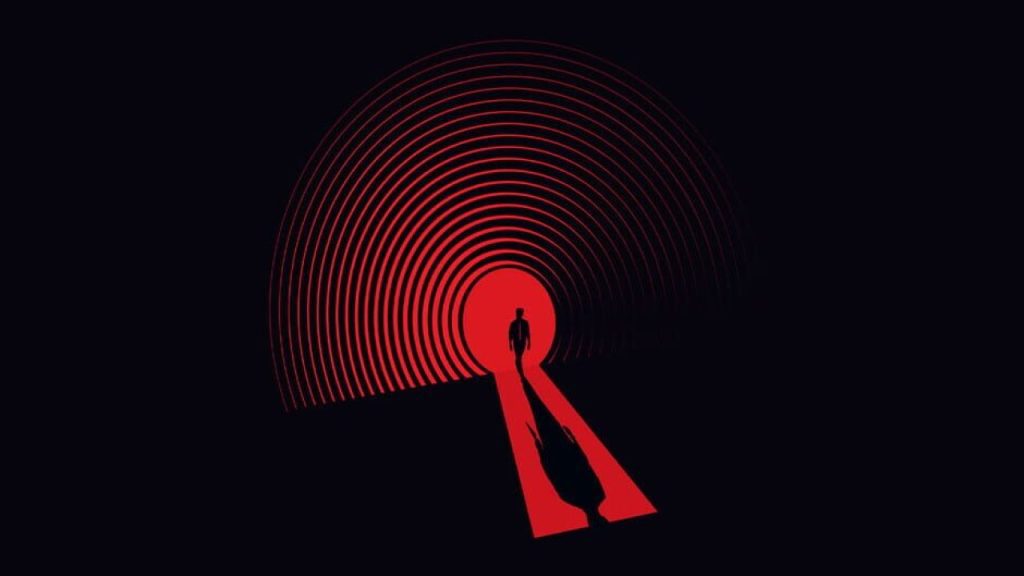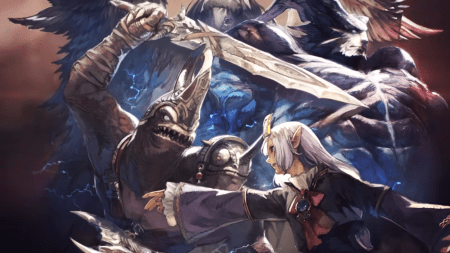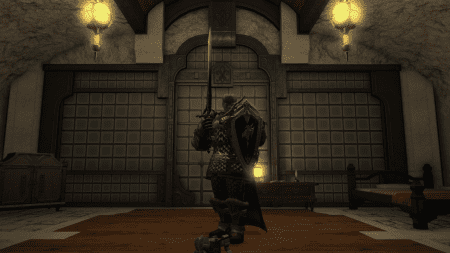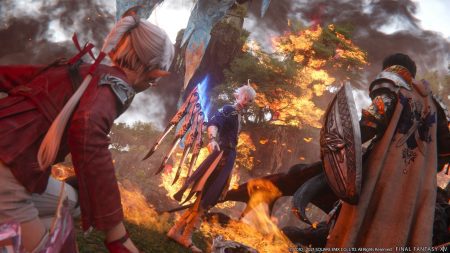Sometimes, the Game Beats You
In almost all games, the experience is designed in a way where the player has “control” of any situation. A boss is made to be defeated. A merchant will always let the player see their stock, no matter how drenched in blood they are. Equipment must always show their stats to a player so that the player can make an informed decision on what to use.
But that’s not always the case. Every now and then, a game takes the reins for a moment and forces the player into an uncomfortable situation where they aren’t in charge. Little moments of gameplay which feel like the game designer is watching you, saying “Gotcha!” as you run into their clever trap. Like Twelve Minutes dumping that ending on us without any real chance to even guess what was happening.
There are myriad game mechanics that could be considered “Gotcha!” moments, and almost every game has some of them. Let’s talk about some healthy uses of this concept, and some not so healthy.
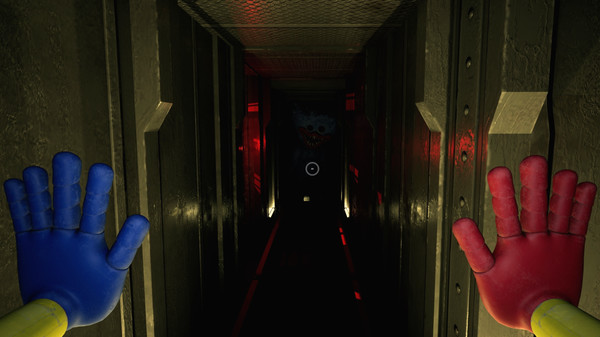
Example 1: The Jump Scare
The epitome of “Gotcha!,” the jump scare is a quick noise or image designed to startle or scare a player.
This “Gotcha!” mechanic has two different goals. It abuses tension that the game has already built up to cause the scare to be more impactful, and it builds future tension by keeping the player on their toes.
Often, the jump scare mechanic is viewed as a “cheap” way to make a horror game (or movie) scarier. In reality, this is an unfair assessment. Jump scares are simply a tool to build and maintain tension in a horror game.
The best types of jump scare should amplify a tense situation. These jump scares don’t need ear-piercing screams, but instead offer glimpses of a threat that the player already knows about with minor musical stings to warn the player of danger.
That said, horror games that manage to be scary without jump scares are often the most effective. Solid world-building, effective enemy designs, and a terrifying concept will almost always surpass glimpses of horror designed to startle and upset the player.
Case Study: Poppy’s Playtime
The jump scare can even be done well and poorly in the same game! In Poppy’s Playtime, especially in Chapter 2, jump scares with Momma are used to introduce her into the scene in a startling and untrustworthy way. She introduces herself, then puts the player in an uncomfortable situation with her games. Bam! Great 1-2 punch!
But then, when she goes crazy, she is used as a basic jump-scare chaser to run the player around the factory. This is unfortunate. She was much creepier as a controlling “mother” figure that the player was right on the edge with. To see her defy the laws of physics to teleport around the level before leaping in your face for a quick death scene is the embodiment of wasted potential.
P.T. does a famously great job with this by having what feels like only two jump scares in the entire experience—the chandelier, and the final jump scare. The rest of the game is pure atmosphere and visual storytelling.

Example 2: The Forced Loss
A “Forced Loss” is an event—typically in an RPG—where the player character has to lose a fight in order to progress. This can be a mechanical loss, or the boss can simply defeat the player’s party in a cut-scene after reaching a certain threshold.
The Forced Loss is a “Gotcha!” in that the player never really had a chance to win. It’s has an air of showmanship in that the game designer has the power in the situation, but it’s usually only for plot purposes.
The Forced Loss has a minor issue, in that it is irreparably annoying. If the fight is clearly winnable but the boss just pulls an “I win” out of thin air, then it can very easily cause a breach in trust between the game and the player. Alternatively, if the Forced Loss occurs at a bad time, it can soil the player’s enjoyment of the story or combat systems.
For a Forced Loss to work, it should get to the point quickly. There should be no reason to have the player struggle through a difficult fight if their defeat is the main goal of the encounter. A boss playing with their food can be a good story beat, but it should know when it’s overstaying its welcome.
This moment should also be innately connected to the story. The player should be able to predict they’re going to lose just based on the matchup—or the battle should be over with instantly.
Case Study: Final Fantasy
Square Enix has great examples on both the good and bad sides of this. Final Fantasy II has a very early, instantaneous Forced Loss when the orphans of war flee from imperial troops before getting decimated. These kids aren’t going to beat trained soldiers, so the player is basically watching a cutscene.
(FFXIV Stormblood spoilers below.)
However, in Final Fantasy XIV: Stormblood, there’s the Zenos bossfights. Zenos pulls a Forced Loss… twice. The first time, the player can actually fail the Forced Loss boss fight by dying early. If they succeed, they’ll simply get K.O.’d in a trigged cut-scene. Then, afterward, the player loses to Zenos again as he pulls some super armor out of nowhere and defeats you, despite the player clearly having the advantage in this case.
Rather than showing how powerful Zenos is, this bait-and-switch feels like busywork. It works with his personality, but not in gameplay. This could have easily been fixed by letting a defeat “win” the first fight, and having Zenos just overpower the player again the second time. Unfortunately, what occurs instead ends up detracting from the game’s pacing, flow, and storyline.
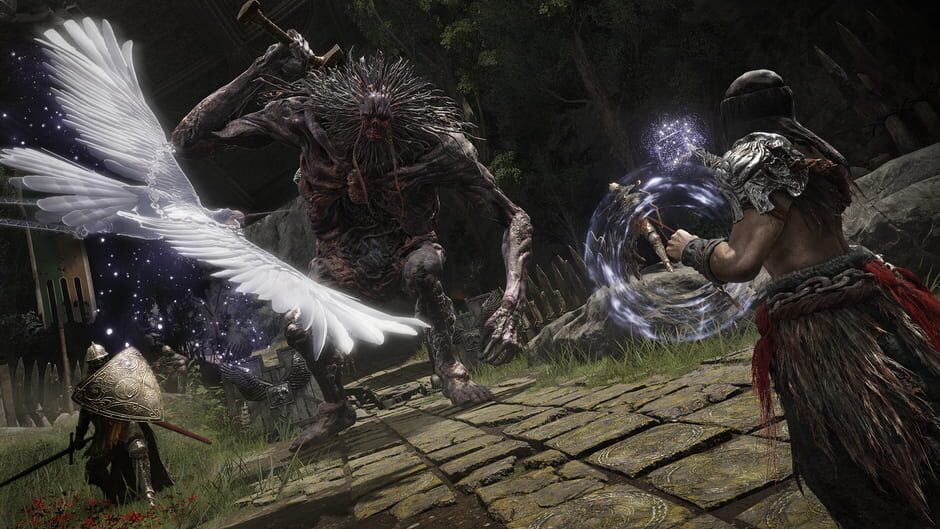
Example 3: The Dodge-Roll Bait
Oh, this section’ll have some spoilers for Elden Ring bosses. Sorry!
Yeah, this one’s a bit of a gimme, but Elden Ring has some boss attacks that definitely are designed to bait you the first time that they are seen. And I despise these.
You’re fighting a boss, let’s say Hoarah Loux. He’s a spectacular man-to-man fight, and very well designed in general. However, there’s exactly one attack I hate. He leaps at you, pauses midair as if in slow motion, then grabs you after a brief pause. The pause is exactly long enough to roll-read you if you dodge when you would realistically roll. It preys on your basic instincts that the game has otherwise taught you.
Thankfully, unlike most Dark Souls command grabs, you don’t lose 100% of your health for this. And because of that, this is a tolerable mechanic. The first time, he’s almost guaranteed to grab you, but you only lose one of your many Tear flasks.
Where this becomes less enjoyable is for bosses like Malenia. She’s optional, sure, but she definitely has “Gotchas!” where you take massive amounts of damage because… there’s just no way to dodge the attacks the first time. They’re wild, quick, and go against everything else that Elden Ring teaches the player.
That doesn’t mean these mechanics are inherently bad. Learning a puzzle is basically half of the fun of Dark Souls. You learn boss attacks, die, learn, die, learn, die, and slowly improve at avoiding mechanics until you finally take them down. And FromSoft usually does this well, but creating attacks that bait your roll is a pretty low blow.
Lessons To Be Learned
Making a video game is hard, and sometimes it can be hard to remember that your primary goal is to let the player have fun.
The above examples are cases where “beating” the player can work well. Elden Ring usually does a good job conditioning the player, but these attacks can be seen as a cheap shot. Jump scares, when curated correctly, can help build tension within the game, but they can also make the game annoying to play. And Forced Losses can create interesting narrative moments, or they can leave the player with little motivation to keep playing.
The goal of this discussion is two-fold. On the player side, these are examples of mechanics that can very easily get under your skin. Putting words to these moments is helpful, but so is identifying why those mechanics were put into place and what the developer could have done differently to improve them.
On the developer side, it is important that the player experience more than just complete control of a specific game. Games should have trials and tribulations, and that means being forced to overcome adversity—particularly when it’s unexpected.
The key is to balance both sides of the equation. Otherwise, neither party will be fully satisfied. And that’s just not in the spirit of great gaming, now is it?
Jason graduated from Northeastern University with a degree in English and Game Design. For him, video games are not just an art form, but one of the greatest mediums to tell a story.
When not perpetuating the game journalist stereotype of being awful at a game and blaming the game for it, Jason likes writing short fiction novels that never get past chapter two, and playing Dungeons & Dragons.


